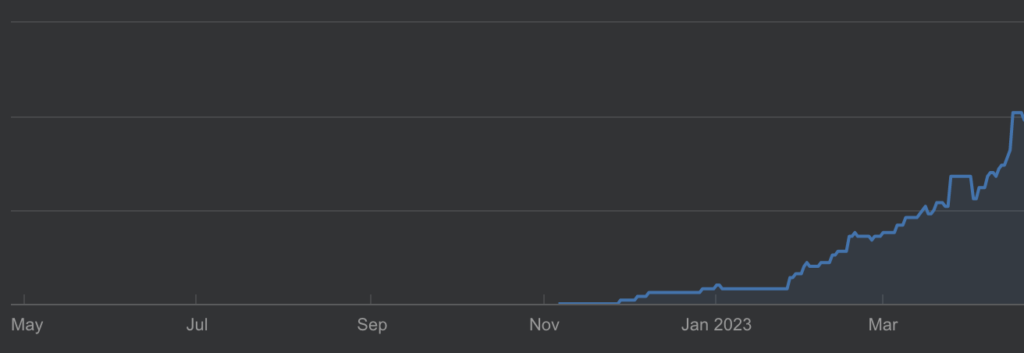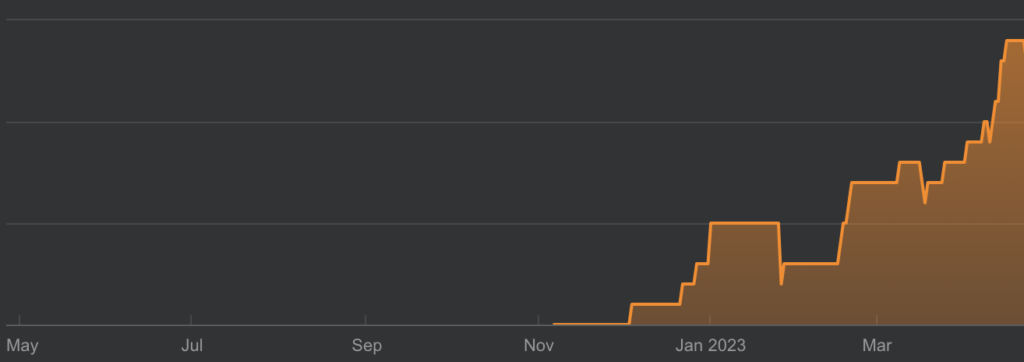Content Marketing is more than writing a quick blog post!
Everything at iMod Digital is underpinned by the need to get more people to a website. One of the most important strategies to drive higher authority around a website is that of content marketing. But, people are quick to think that content marketing is merely a fancy marketing term used to repackage what traditional blog posts are – this is definitely not the case and there is a massive difference between the two.
The concept of content marketing is broken down into a few components:
- The creation of the content,
- Marketing the content.
Let’s explore both of these in a bit of detail:
#1 Content Creation
“Content Creation” is the name us marketing folk use for “writing words” so don’t let the term sound too fancy. However, when we talk about Content Creation, we’re really talking about creating content that stems from more than merely thinking of a topic and writing 300 words. The term we prefer to use is, “Content Development” and we use the word development because we’re not only writing but we’re performing many other tasks that set the writing up for success. Let’s have a look at what this entails:
- We’re using SEO tactics to discover a topic worthy of investing time in. This involves competitor analysis, keyword research and an assortment of other methods. We use a suite of tools to find keywords, we merge this with Google Autosuggest, Google’s, “others searched for”, reverse engineering competitors, looking at what Google is currently rewarding and so the list goes on. The outcome of this is usually what we call a ‘keyword universe’, a long list of potential topics. From here, we use various metrics to determine which of these words have potential and we narrow the list down to a feasible number.
- Once we’ve found a topic that is on-topic, has the search volume and doesn’t have competition levels that aren’t beatable, we move on to structure.
- Writing, what we call a long-form, piece of content requires structure. Our research shows that we need a minimum of 2,200 words as a sweet spot and if you think about 2,200 words on a page, it’s a lot and it will look like a wall of text which is not what people want. Because of this, we have to work on the structure and use a collection of tactics to break the content up into a form that a person is receptive to. A wall of text doesn’t work, a structure will allow for eye-scanning and easier reading.
- It is only once we have a structure that the writing can truly commence and get “plugged” into the structure. Once the writing is done, and a first revision is available, it then comes back to SEO and ensuring that all the boxes are checked. Furthermore, during the review, we look at the user experience and this usually results in a good amount of changes – once again, that’s why we call this development.
- When the final version is ready, the piece is launched on a URL on the website that has been carefully chosen. Upon launch, we perform a number of tasks to ensure that Google is aware of the page, that it’s linked to from strategically decided places on the website and we make sure that the page is easily accessible by people and search engines.
#2 Marketing
The second part to Content Marketing is the actual marketing of the content. Half the task is doing keyword discovery and developing the content, the other half is getting the content out there to your audience. Think of it like this, you’ve taken all the time to do the SEO bits and pieces, you’ve settled on a great topic and you’ve invested into writing the content. That’s amazing, but now you need people to see it, the more people who see it, the more it works for you and the closer you get to an ROI.
We use an assortment of marketing methods to drive people to your piece of content, these include the services we offer: search engine optimisation, pay per click marketing, social media, outreach marketing and the likes. It doesn’t end there, we need to track Google’s response to the page, and make changes in response to that and in many cases, we recommend using a piece of software that creates heatmaps or Google Tag Manager to track user behaviour of what people arriving on the page are doing to understand the level of engagement.
–
We hope that this explanation has made sense and given you a clear idea of why this is far more than putting a blog post together.
We recently launched a piece of long-form content for a retail company in the United States in the pet niche. This piece of content has been live for about 2 months, and the results are really impressive:
- The page itself ranks for 61 different keywords within the US alone.
- 14 of these 61 keywords rank on page 1 of the Google results.
- 8 of these keywords have commercial intent and are leading to sale.


